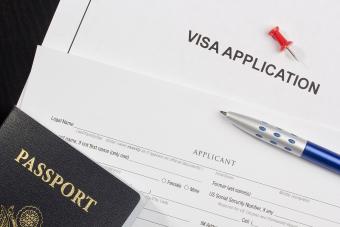Visa Policy
Visa Policy
Recent Activity
Recent Activity
Reports
September 2019
La migración entre México y Estados Unidos ha cambiado dramáticamente en los últimos años, pero las políticas y la retórica política en ambos países no se han actualizado a este contexto a la misma velocidad. Este reporte explora esta nueva realidad migratoria y cómo los dos gobiernos podrían trabajar juntos para abordar los desafíos de políticas públicas que tienen en común.

















Health Insurance Test for Green-Card Applicants Could Sharply Cut Future U.S. Legal Immigration